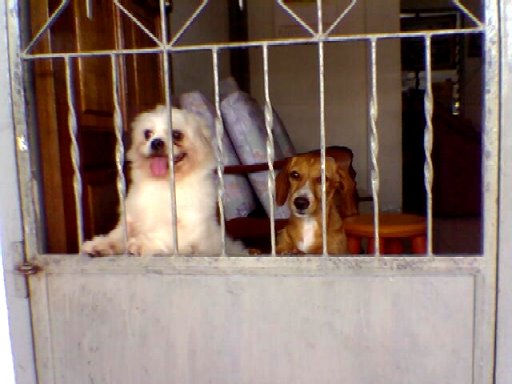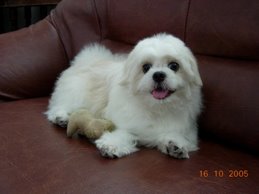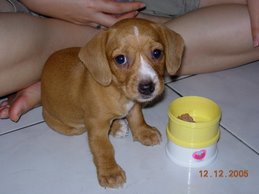Going Through TTA Surgery The Easy Way
The Tibial Tuberculosis Advancement, commonly referred to as TTA surgery, is an operation done to a dog that has experienced knee fracture. It is a procedure that is used to repair a cranial cruciate ligament, CCL rupture in dogs or anterior cruciate ligament, ACL in knee of human. The main purpose of CCL treatment is to prevent displacement or rotation of the tibia.
As one of the technological advancement that was invented recently, the procedure is designed to prevent hyperextension of the knee, and control forward movement during weight bearing process to counter over extension. Lack of early repairmen could lead to issues like immobility, a lot of stress and pain in joints with time. In some cases, it brings about arthritis, a condition that is very difficult to treat.
This is because it does not support the stifle joint. Ligament does not repair itself. This means the surgeon ought to identify a suitable material that can sustain the affected knee, through the prevention of abnormal movement within the knee.
It is recommend that steel, which has lower effects of causing adverse effects to the body of an animal, be used. Therefore, veterinary doctors use the material to wrap around the fabella, extending it to the tibial crest. The aim of this material is to restrain any movement, which can cause pain, hinder fast recover and development of other untreatable complications.
Most veterinary consultants, who have performed surgical procedure for a number of years advice their clients to opt for this type of surgery since it does not cause a lot of complications to the affected animal. This method entails repositioning the patellar tendon. This is done by cutting front part of the knee bone while advancing to the forward part. By doing this, the alignment of the ligament is achieved, which as a result hinders movement, thus facilitating the recovery process.
Since the stabilizing parts of the knee are weak, the doctor uses bone spacer, screw, or plate are placed in the gap created between the tibia bone, to keep the parts in place, such that the affected area takes less amount of time to heal. It is crucial to have in mind that any surgical operation has both its good as well as negative sides. Seeking guidance from a consultant is necessary to determine and compare the risks likely to be involved in the chosen one.
Cranial cruciate ligament ruptures is one of the most common disorders that occur in dogs, while the cranial cruciate ligament repairmen procedure is the best alternative way to treat an animal, which is usually done by a veterinary doctor. There are other several options that are available in the medical field and it will require one to approach a trusted doctor to aid in determining the best alternative for your animal.
The TTA surgery does not take long, although it depends on the extent of the fracture. Having identified way towards treatment, following strict advice as given by the veterinary is important, since the healing process is quickened. Consequently, keeping your animal in constant check, limiting the number of moves it makes per day and following its medication should generally increase the recovery period.
As one of the technological advancement that was invented recently, the procedure is designed to prevent hyperextension of the knee, and control forward movement during weight bearing process to counter over extension. Lack of early repairmen could lead to issues like immobility, a lot of stress and pain in joints with time. In some cases, it brings about arthritis, a condition that is very difficult to treat.
This is because it does not support the stifle joint. Ligament does not repair itself. This means the surgeon ought to identify a suitable material that can sustain the affected knee, through the prevention of abnormal movement within the knee.
It is recommend that steel, which has lower effects of causing adverse effects to the body of an animal, be used. Therefore, veterinary doctors use the material to wrap around the fabella, extending it to the tibial crest. The aim of this material is to restrain any movement, which can cause pain, hinder fast recover and development of other untreatable complications.
Most veterinary consultants, who have performed surgical procedure for a number of years advice their clients to opt for this type of surgery since it does not cause a lot of complications to the affected animal. This method entails repositioning the patellar tendon. This is done by cutting front part of the knee bone while advancing to the forward part. By doing this, the alignment of the ligament is achieved, which as a result hinders movement, thus facilitating the recovery process.
Since the stabilizing parts of the knee are weak, the doctor uses bone spacer, screw, or plate are placed in the gap created between the tibia bone, to keep the parts in place, such that the affected area takes less amount of time to heal. It is crucial to have in mind that any surgical operation has both its good as well as negative sides. Seeking guidance from a consultant is necessary to determine and compare the risks likely to be involved in the chosen one.
Cranial cruciate ligament ruptures is one of the most common disorders that occur in dogs, while the cranial cruciate ligament repairmen procedure is the best alternative way to treat an animal, which is usually done by a veterinary doctor. There are other several options that are available in the medical field and it will require one to approach a trusted doctor to aid in determining the best alternative for your animal.
The TTA surgery does not take long, although it depends on the extent of the fracture. Having identified way towards treatment, following strict advice as given by the veterinary is important, since the healing process is quickened. Consequently, keeping your animal in constant check, limiting the number of moves it makes per day and following its medication should generally increase the recovery period.
About the Author:
Read more about Strategies To Avoid TTA Surgery Procedures To Dogs visiting our website.
>














.jpg)






.jpg)

0 comments:
Post a Comment